Could community patrols help build relationships and overcome distrust of Vallejo law enforcement?
by John Glidden | Bay City News Foundation | Aug. 9, 2021
This story was first published on LocalNewsMatters.org, an affiliated nonprofit site supported by the Bay City News Foundation.
VALLEJO – Before George Floyd, there was Michael Brown Jr., an 18-year-old Black man shot and killed by a white police officer in Ferguson, Missouri, in August 2014. As with the aftermath of Floyd’s death, protesters took to the streets around the country, demanding police reform.
Heading that call then was Richmond Police Chief Chris Magnus, who took it upon himself to show support for the protests against police violence. In a picture that eventually went viral, Magnus was seen holding a Black Lives Matter sign during a 2014 demonstration.
As advocates, elected officials and even police themselves attempted to define the parameters of police reform, Magnus took his own approach, bringing an old-time and disarmingly simple solution: Beat walking.
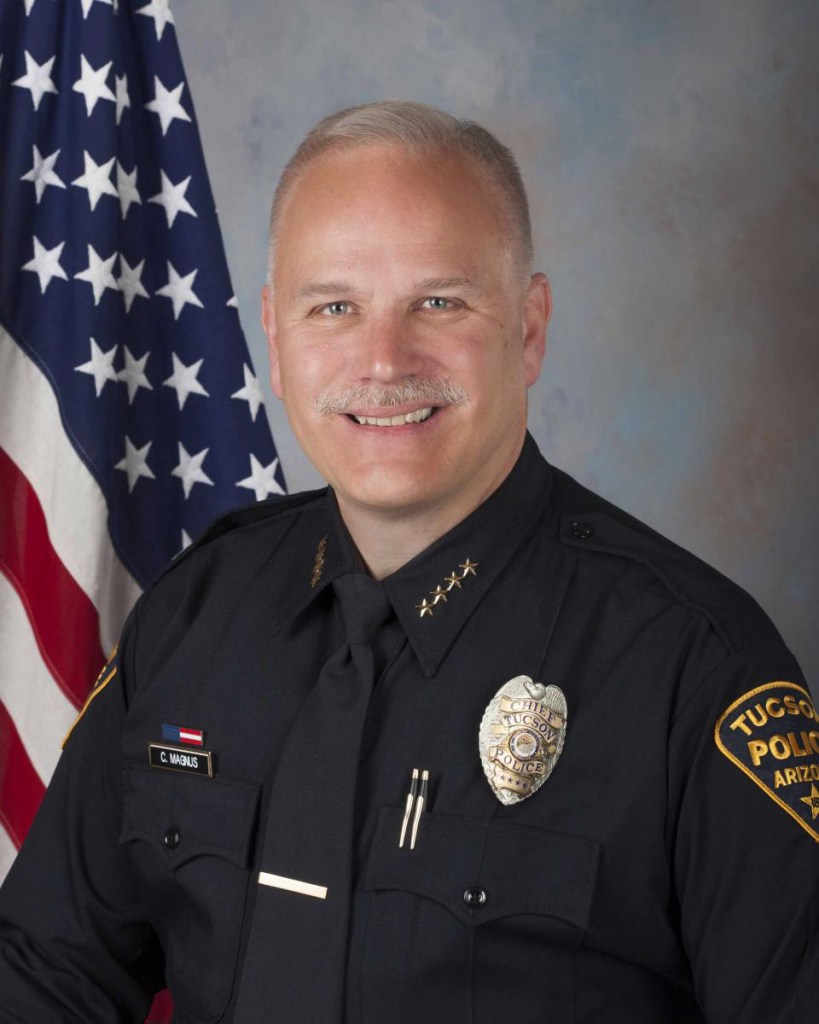
During his time in Richmond, Magnus espoused a community policing model, which included assigning police officers to beats as a way to improve the community’s relationship with the police department.
In 2016 — a year after leaving Richmond to become police chief in Tucson, Arizona — Magnus explained that his approach to community policing included assigning officers to specific geographic areas so they get to know the residents living in that part of town.
Along with beats to walk, Richmond cops were given personalized business cards, with their work cell phone numbers and email addresses, and were urged to give them out to members of the local community. Magnus also reorganized the department’s command structure to promote similar thinking senior officers, while cutting the practice of putting police teams into high-crime areas to make stops that many residents saw as discriminatory and harassing.
Community groups and local leaders have pointed to Magnus as the catalyst in changing the poor culture within the Richmond Police Department from an adversarial stance to one of building a relationship with the community.
Bisa French, Richmond’s police chief, joined the force as a 22-year-old officer in 1998. She noted that officers were just responding to violent crimes. But the approach has changed, she said in a 2019 interview.
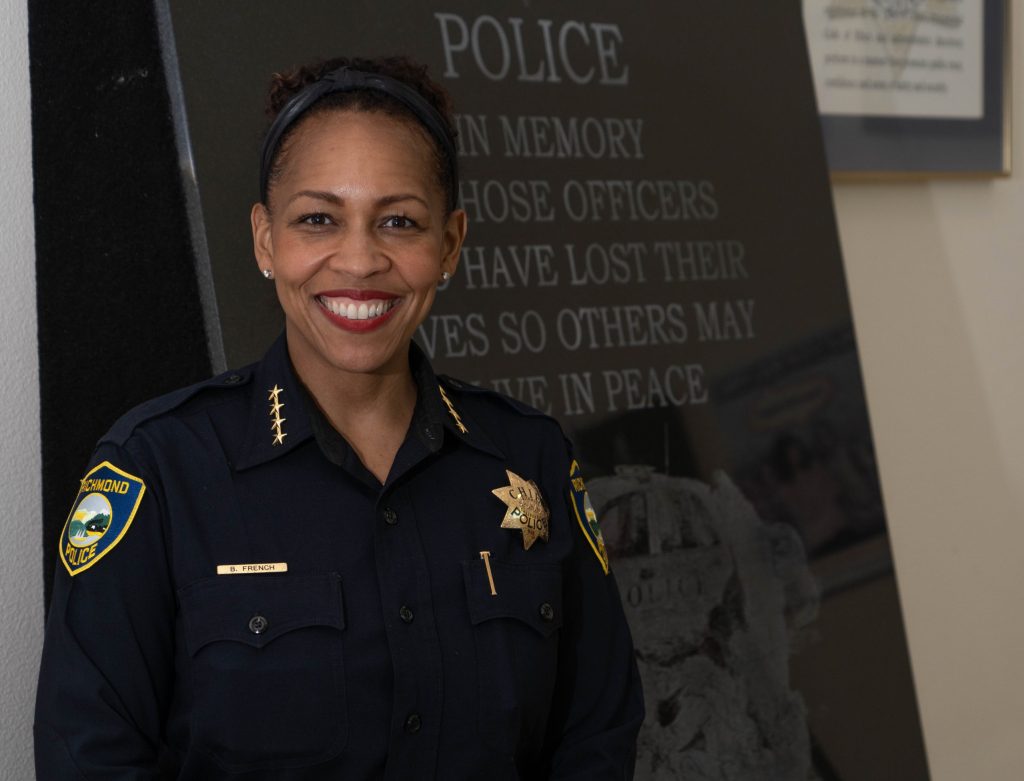
“We have now come around to working with the community, so we are not having such violence in the city. We work to build community support and trust,” she said. “Sometimes that trust is broken and we have to deal with those issues. We must work with our community because we can’t do it alone. In working with the community, we make partnerships, get input. We truly want to be partners so we can address crimes and quality of life issues, so that Richmond is a place that is safe for everyone.”
With his brand of community policing, Magnus is often credited for helping to reduce Richmond’s 40 homicides in 2006 to 11 in 2014.
Today, though, that downward trend shows signs of reversing as financial pressures lead the city to back away from community policing.
According to Richmond Mayor Thomas Butt, homicides have been going up in the city as budget cuts have eroded the community policing model.
“The core objective for community policing is to build a relationship with the community,” said Butt. “This includes assigning a team of officers to a geographical area. It gives that team an opportunity to get to know the local community and build trust.”
Butt said foot and bicycle patrols are crucial to the community policing model.
The mayor argued that homicides have increased over the past five years as the City Council slashed police positions.
Magnus left Richmond in 2016, and Butt said that for the three years between 2017 and 2019, the city recorded fewer than 20 homicides a year, with police staffing around 180 officers. Last year, though, the number of officers dropped to 157, and homicides increased to 22. So far, the city is on pace to exceed 22 homicides this year, and the number of sworn officers has dropped to 145.
Magnus’ approach isn’t a unique one as larger cities have adopted officer beat walking within their respective cities.
Just recently, Chicago police have begun deploying officer teams of two in every south and west side district as the city experiences a 43 percent jump in shootings, and a 33 percent increase in homicides from this time last year.
Meanwhile, in San Francisco, larceny thefts declined by about 16.9 percent while assault incidents declined by about 19.1 percent, when 69 officers were deployed throughout the city in September 2017. The study, by University of California at Berkeley’s Goldman School of Public Policy, compared crime rates in the two months before and after the deployment of the mostly plainclothes officers.
A majority on the Richmond City Council recently approved cutting $3 million from the department’s budget in order to fund numerous community programs other than law enforcement.
Despite the budget-induced erosion of support for community policing, the positive beat experience in Richmond and elsewhere raises the question of whether it might be worth duplicating in Vallejo, where the relationship between the city’s police force and the local community is badly frayed.
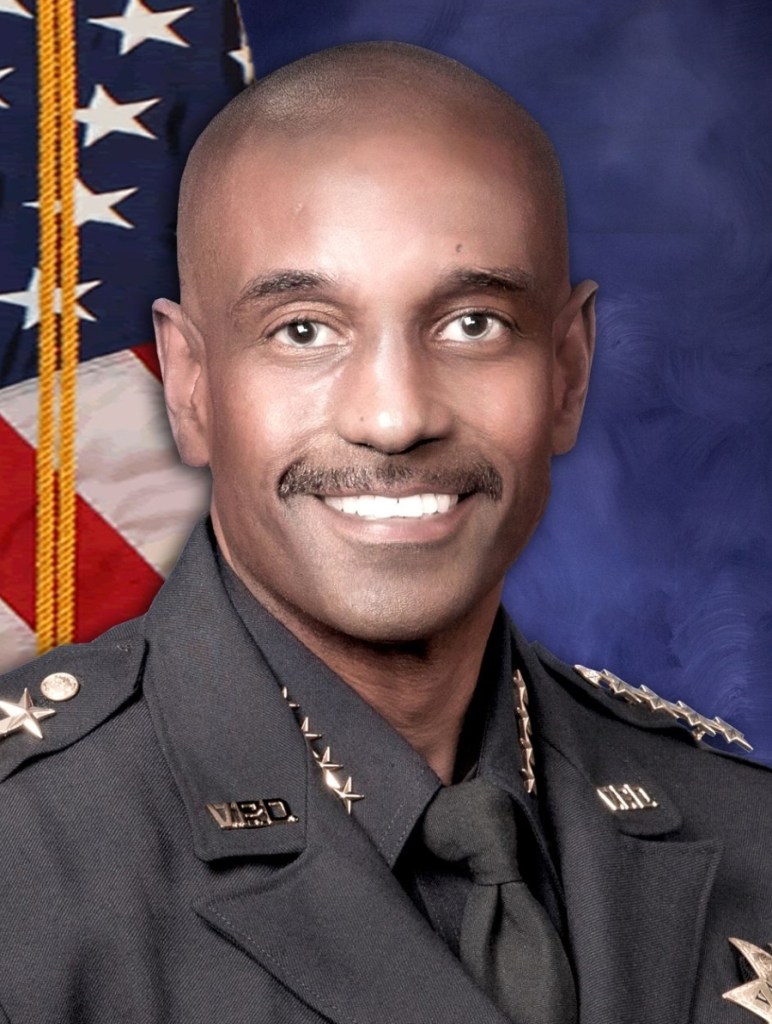
Vallejo Police Chief Shawny Williams isn’t so sure.
On the one hand, Vallejo is coming off one of its most violent years. The city experienced 28 homicides in 2020, not counting the fatal shooting of Sean Monterrosa by police during the early morning hours of June 2. Monterrosa was shot once in the neck outside a Vallejo Walgreens. Three Vallejo police detectives were responding to reports of looting outside the store when Monterrosa was shot.
Yet, so far the situation seems to be improving in 2021. According to Vallejo police, the city has recorded five homicides so far through mid-June of this year, markedly better than a year earlier.
In an attempt to halt a spiraling crime wave in 2020, and rebuild trust with the community following numerous scandals, the department launched Operation P.E.A.C.E Project, also known as Predictive Enforcement and Community Engagement, in August. The initiative promoted positive interactions and relationship-building between officers and the community, while also increasing police visibility to deter crime in the city.
“The Vallejo Police Department does not currently have dedicated officers assigned to foot patrol.
As our staffing levels continue to fluctuate and grow, Chief Williams will reassess our ability to accommodate a more robust foot patrol program or bike patrol deployment,” said department spokeswoman Brittany K. Jackson. “Methods we currently use to promote visibility and to build trust include our now solo-beat officers (in cars) and bike patrol officers. We also have officers who may work in highly-dense or event-based capacities such as with our Six Flags and Kaiser Permanente foot patrol details.”
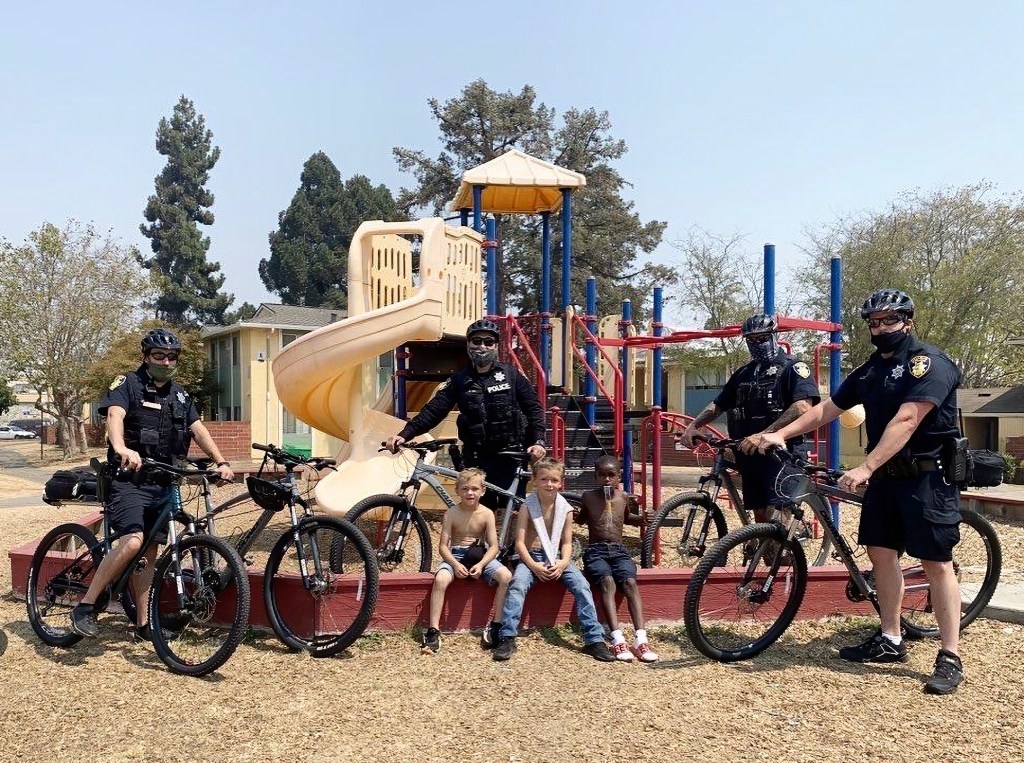
Part of the outreach included establishing a crime reduction plan, data sharing, improved neighborhood watch information, youth workshops, having conversations with families impacted by gun violence in Vallejo, among others.
But the department continues to struggle with the relationship between the police force and the community, and that struggle is amplified by an us-versus-them attitude among many rank-and-file Vallejo police officers.
In May 2020, the consulting firm OIR Group concluded a 70-page report about the culture, operations, and internal review of Vallejo police, which found a department openly hostile to local elected and the general public.
“Much of the department seems to have an aggrieved perspective toward local politicians, the media, and its critics in the activist and legal communities,” the report stated. “It becomes easy in such circumstances to perceive even the most fair-minded critiques from outsiders as attacks, and to let the less fair-minded ones become a breeding ground for defensiveness and resentment.”
As the city attempts to repair the relationship between the community and Police Department, there are still doubts whether such a relationship can be fixed. Police foot patrols can breed trust with the community but only if the relationship is not deeply damaged.
“How do you build a connection with the community with so many killed?” asked Vallejo resident Louis Michael, who founded the community group Vessels of Vallejo, about whether community policing can work. “I don’t think it’s effective.”

Although city and police officials continue to pursue better community policing, the Vallejo City Council has also begun to look outside the city for help in its effort to stem gun violence in the community.
Recently, the council received a presentation from DeVone Boggan, founder and chief executive officer of Advance Peace, a community program geared toward breaking the cycle of firearm crime in a particular city.
Using mentoring, skills training and case management, the program targets people involved in firearm-related crimes, either as a victim or perpetrator.
“I think folks should understand that there are alternatives to bringing about a safer and just community,” said Boggan. “We work to develop skill sets in those individuals at the center of gun violence by working to address their anger, fear, and pain.”
The Advance Peace model was first created by Boggan while he served as Richmond’s director of the Office of Neighborhood Safety (ONS). Between 2007 and 2019, Richmond experienced an 82 percent reduction in firearm assaults.
Since leaving Richmond, the program has been replicated in Sacramento and Stockton.
Eight children were killed in Sacramento in 2018, but Boggan said the city experienced no youth homicides in 2018 and 2019, after Advanced Peace began operations in the city in 2018. In 2020, however, at least five kids were killed, so it may be premature to draw a definitive conclusion about the results of Advanced Peace in Sacramento despite the two encouraging years. Meanwhile, in Stockton, results are also encouraging. The city experienced no more than 35 homicides starting in 2018 and 2019, versus 55 homicides in Stockton in 2017.
“We want these guys to be healthier in spirit, mind, body, as they address the trauma they have experienced or perpetuated,” Boggan said.
The proposed project is expected to cost Vallejo nearly $1.9 million over three years.
Vallejo City Councilman Hakeem Brown has supported the idea of Advanced Peace, calling it a “game changer.”
“My hope is that it will fundamentally and profoundly change the city of Vallejo,” said Brown. “I think people will start to realize what poverty, the lack of economic development, and the lack of housing does to the community.”
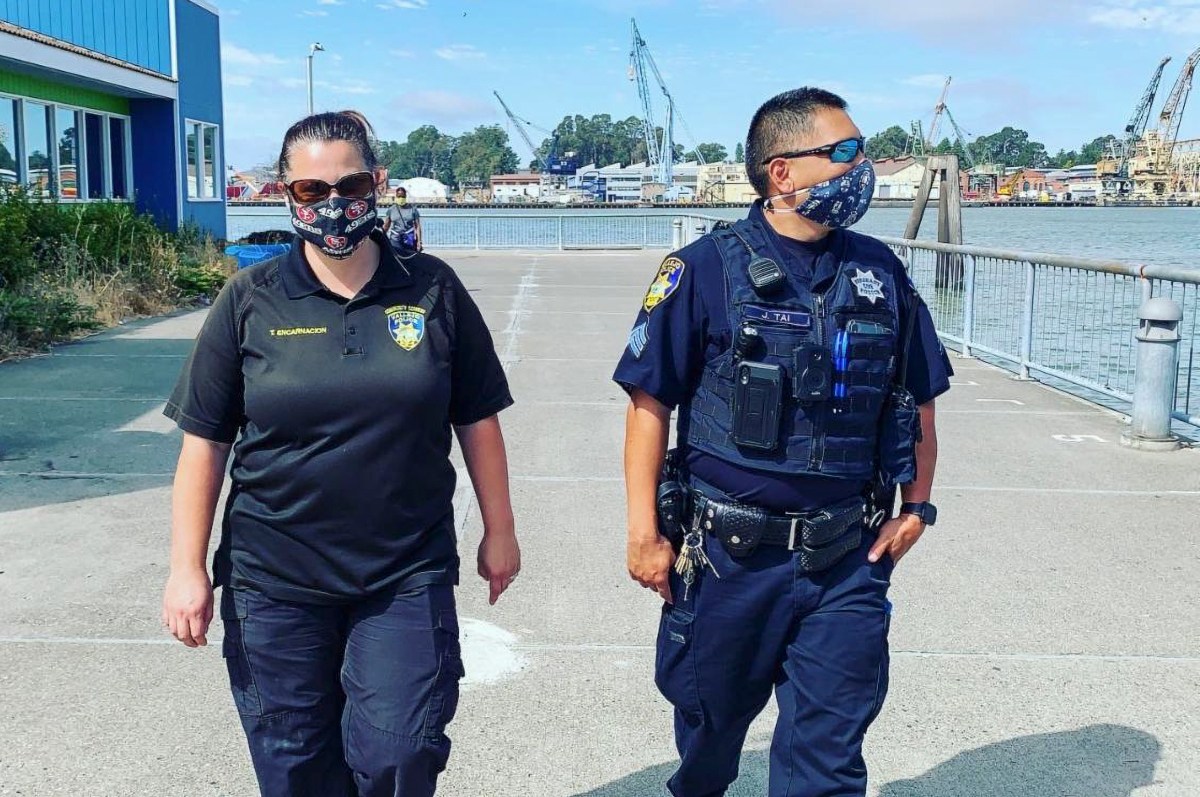
A council member had initiated outreach to Advance Peace. But, perhaps due to negative publicity surrounding the elected official, all momentum to
bring Advance Peace to Vallejo was lost. Local activist, Askari Sowonde, revived discussions between the city of Vallejo and Advance Peace. Kudos to her and Mayor MConnell for moving this forward.
LikeLike
A great article and reflection with good examples. Police reform, like many other city–state–nation challenges, is complex and ;multi-layered. All comments are real and makes sense… However, remember, we did not arrive at this in 1-year or 1-mayor/1-council … but a 100+ or 200-year accumulation as a SOCIETY that has now advanced but also lagging far behind in equality, justice … economically and by race.
In my simplified observation (before and after serving on the CAB team for 4 years), from my Vallejo experience, IF we can create 100 Melissa NoldS and 100 John BurrisS (Attorneys) for EACH state of the 50-state USA INSTANTLY, then, put them to reform at the same time like in 1-month …. MAY BE some good could happen.
In the absence of that, the existing exploitative system appears to dominate and control — no matter who is mayor and police chief. RIGHT ?
We not only need drastic re-education of cops on homelessness, psych. coaching, re-train on excessive use of force, morality and service to society training (!), social services orientation, community relation on top of layered cops (not all of whom respond to violent threatening situations Vs. casual traffic or other simpler cases!
I am no expert but we need to keep thinking and bringing it to the table on the VPD CAB group, City Council again and again. Let’s keep this dialog going and let’s keep bringing better council persons, going forward. I strongly agree on attorney Nold’s take on most of these matters, but not sure how exactly to make it flipped — citywide, countywide, state and nation levels.
I’ve experienced first hand Officer Encarnacion when our neighborhood watc hgroup faced a very shocking, guns drawn situation some 10 years ago or so. We really got to know her wisdom, balanced mind and public service mindfulness well. Later, when Sgt. Brenton Garrick retired (he was one of our BEST many/most people loved for his humanity, approachable nature and empathy to citizens in general), we also got to know Sgt. Tai who is also generally in the footsteps of Tina and Sgt. Garrick … in my experience. Chief Williams started out that way, with many of us a lot optimistic and that impressive, personable day he took the oath of office at city hall ! But recent; months, he has disappointed many including myself for appearances of being played by the terminated city manager who left V-town.
Thank you all…. I like the fact that so many of you truly care and want to make good, needed changes to the system.
We can only continue to make incremental good changes to the system, the personnel, the policies and hold them all accountable seriously. We continue with some optimism, because nothing always remains all good or all bad !
LikeLike